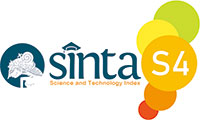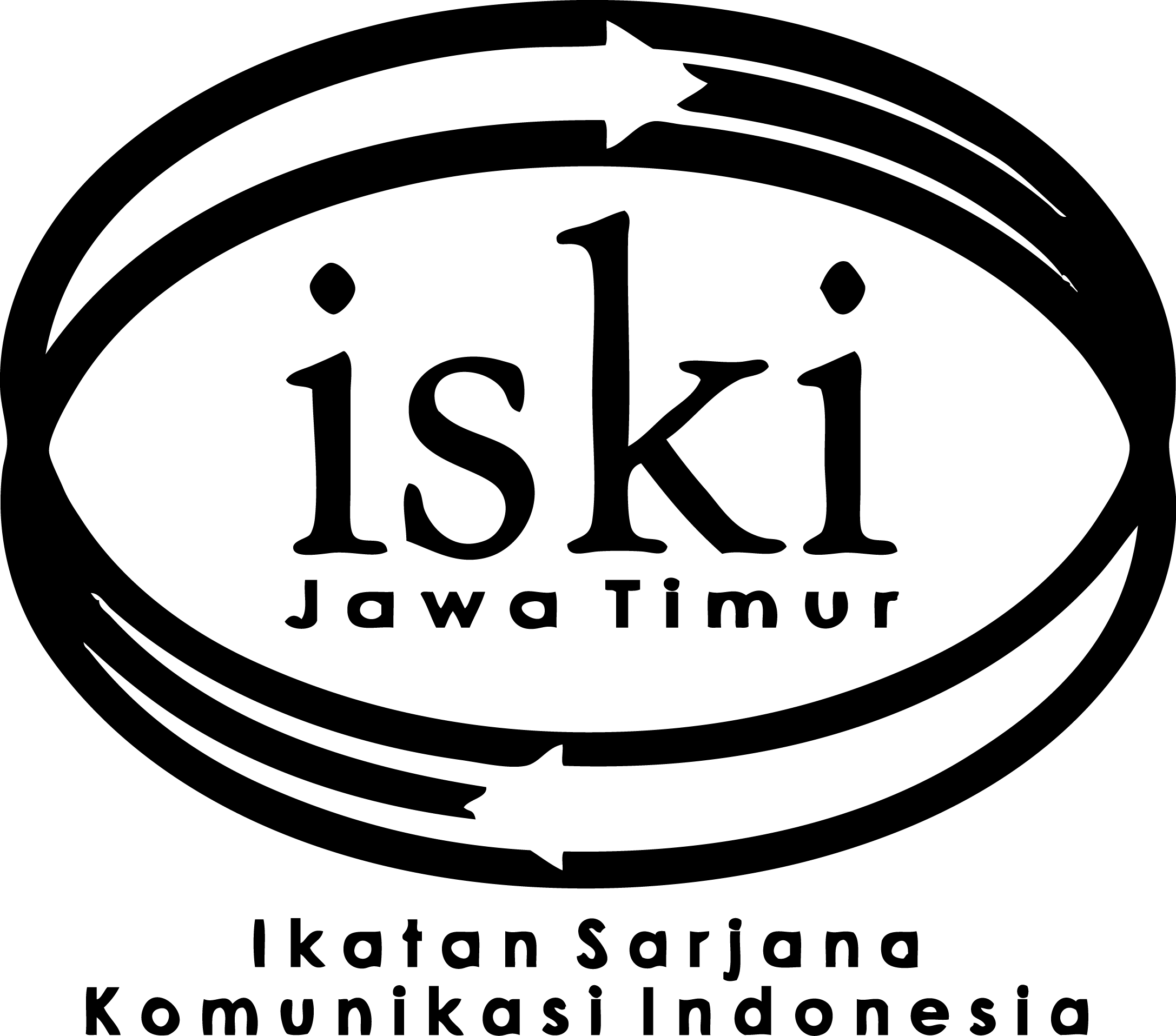IPPI'S Communication Strategy in Engaging with the Community to Overcome Stigma Against Women with Hiv
DOI:
https://doi.org/10.37826/spektrum.v13i3.900Keywords:
Communication strategy, Stigma reduction, Women with HIV/AIDS, Two-step flow communication theory, community engagementAbstract
Stigma against women living with HIV in Indonesia remains a significant barrier to achieving quality of life, as it intersects with gender discrimination and societal exclusion. This study analyzes the communication strategies employed by the Indonesian Positive Women’s Network (IPPI) to counter stigma and reshape public perception. Using a descriptive qualitative method, data were collected through in-depth interviews with IPPI leaders and analyzed thematically using the Two-Step Flow of Communication Theory, empowerment communication, and intersectional feminist frameworks. The findings reveal that IPPI utilizes a multi-level approach involving social media, community opinion leaders, and culturally contextualized messaging to promote empathy, visibility, and trust. Empowerment narratives, digital storytelling, and grassroots collaborations were key strategies that shifted HIV discourses from victimization to agency. Despite challenges such as limited digital access, stigma-related fear, and inconsistent policy implementation, IPPI's bottom-up communication model fosters self-empowerment and social reintegration. This study contributes theoretically by expanding the application of the Two-Step Flow model in grassroots feminist communication and highlighting the role of lived experience in shaping public health narratives. Practically, it offers insights for civil society organizations on designing inclusive, emotionally resonant, and community-based communication strategies to combat health-related stigma. IPPI's case demonstrates how community-rooted communication can be a transformative force in both public perception and policy influence
References
Akbar, M. A. (2024). Strategi penanganan stigma dan diskriminasi orang dengan HIV/AIDS melalui Community System Strengthening. Indonesian Journal Health Service, 1(1).
Ardani, I., & Handayani, S. (2017). Stigma terhadap Orang dengan HIV/AIDS (ODHA) sebagai hambatan pencarian pengobatan: Studi kasus pada pecandu narkoba suntik di Jakarta. Buletin Penelitian Kesehatan, 45(2), 81-88. http://dx.doi.org/10.22435/bpk.v45i2.6042.81-88
Creswell, J. W. (2018). Research design: Qualitative, quantitative, and mixed methods approaches (5th ed.). SAGE Publications.
Effendy, O. U. (2017). Ilmu komunikasi: Teori dan praktek. Remaja Rosdakarya.
Elamin, M. O., Raja’a, Y., Adetunji, H. A., Khalid, S., & Siddiq, R. (2019). Stigma and discrimination among health care providers towards people living with HIV/AIDS (PLWHA). International Journal of Public Health Science (IJPHS), 8(1), 36-44. https://doi.org/10.11591/ijphs.v8i1.17081
Fatoki, B. (2016). Understanding the causes and effects of stigma and discrimination in the lives of people living with HIV/AIDS: Qualitative study. Journal of AIDS & Clinical Research, 7(12), 1-6.
Fauk, N. K., Ward, P. R., Hawke, K., Mwanri, L., & Mohajer, N. (2021). HIV‐related stigma and discrimination towards PLHIV in Indonesia: A qualitative study. Journal of Public Health Research, 10(2), 256–267. https://doi.org/10.4081/jphr.2021.256
Firdaus, D. R. S., & Regieria, J. (2022). The communication pattern of online prostitution business that violates intellectual property rights. In Winarni, L., Sasaki, T., Suyatno, S., & Ayu, A. S. (Eds.), Proceedings of the 7th International Conference on Social and Political Sciences (ICoSaPS 2022) Vol 716. Springer.
Kementerian Kesehatan Indonesia. (2023, Mei 8). Kasus HIV dan sifilis meningkat, penularan didominasi ibu rumah tangga. Sehat Negeriku. https://sehatnegeriku.kemkes.go.id/baca/rilis-media/20230508/5742944/kasus-hiv-dan-sifilis-meningkat-penularan-didominasi-ibu-rumah-tangga/
Kementerian Kesehatan Republik Indonesia. (2023). Laporan perkembangan HIV-AIDS & penyakit infeksi menular seksual (PIMS) Triwulan IV Tahun 2022. Jakarta: Kementerian Kesehatan RI. Diakses dari https://p2p.kemkes.go.id/wp-content/uploads/2023/06/FINAL_6072023_Layout_HIVAIDS-1.pdf
Littlejohn, S. W., Foss, K. A., & Oetzel, J. G. (2021). Theories of human communication (12th ed.). Waveland Press.
Luttrell, R. (2021). Outreach and empowerment: civic engagement, advocacy, and amplification of the women’s movement. In Luttrell, R., Xiao, L., Glass, J. (Eds.), Democracy in the disinformation age: influence and activism in american politics. Routledge.
Luttrell, R. M., Capizzo, L. W. (2022). Public relations campaigns: an integrated approach. Sage.
Meng, P., Zhang, G., Ma, X., Ding, X., Song, X., Dang, S., Yang, R., Xu, L. (2024). Characterization of intestinal fungal community diversity in people living with HIV/AIDS (PLWHA). AIDS Research and Therapy, 21(10), 1-11.
Obeagu, E. I., & Obeagu, G. U. (2024). Unmasking the truth: Addressing stigma in the fight against HIV. Journal of Public Health, 2(1), 8-22.
O’Brien, N., Greene, S., Carter, A., Lewis, J., Nicholson, V., Kwaramba, G., Ménard, B., Kaufman, E., Ennabil, N., Andersson, N., Loutfy, M., de Pokomandy, A., Kaida, A. (2017). Envisioning women-centered HIV care: perspectives from women living with HIV in canada. Women’s Health Issues, 27(6), 721-730.
Patriciano, V., Sihombing, D. M. Y. H., Rachmad, T. H. (2024). Romantic relationship progression between deaf and hearing friends based on social penetration theory. Jurnal Spektrum Komunikasi (JSK), 12(2), 195-202.
Paudel, V., Baral, K. P. (2015). Women living with HIV/AIDS (WLHA), battling stigma, discrimination and denial and the role of support groups as a coping strategy: a review of literature. Reproductive Health, 12(53), 1-9.
Quesenberry, K. A. (2016). Consumer information overload: shift to consumer-centric advertising model. In Brown, R. E., Jones, V. K., Wang, M. (Eds.), The new advertising: branding, content, and consumer relationships in the data-driven social media era. Bloomsbury.
Rusman, F. (2024). Teori-teori komunikasi. Universitas Muhammadiyah Malang.
Sugiyono. (2016). Metode penelitian kuantitatif, kualitatif, dan R&D. Alfabeta.
Suseno, T. A. M., & Said, M. P. (2023). Communication pattern "Omahjiwa" community counselor in helping counselees who have anxiety disorder. Lontar: Journal of Communication Science, 11(1). https://doi.org/10.30656/lontar.v11i1.6163
Strӧmbäck, J., Kiousis, S. (2020). Defining and mapping the field of theory and research on political public relations. In Strӧmbäck, J., Kiousis, S. (Eds.), Political public relations: concepts, principles, and applications (second edition). Routledge.
Waldron, E. M., Burnett-Zeigler, I., Wee, V., Ng, Y. W., Koenig, L. J., Pederson, A. B., Tomaszewski, E., Miller, E. S. (2021). Mental health in women living with HIV: the unique and unmet needs. Journal of the International Association of Providers of AIDS Care (JIAPAC), 20, 1-18.
Downloads
Published
How to Cite
Issue
Section
License
Copyright (c) 2025 Jurnal Spektrum Komunikasi

This work is licensed under a Creative Commons Attribution-NonCommercial-ShareAlike 4.0 International License.
























